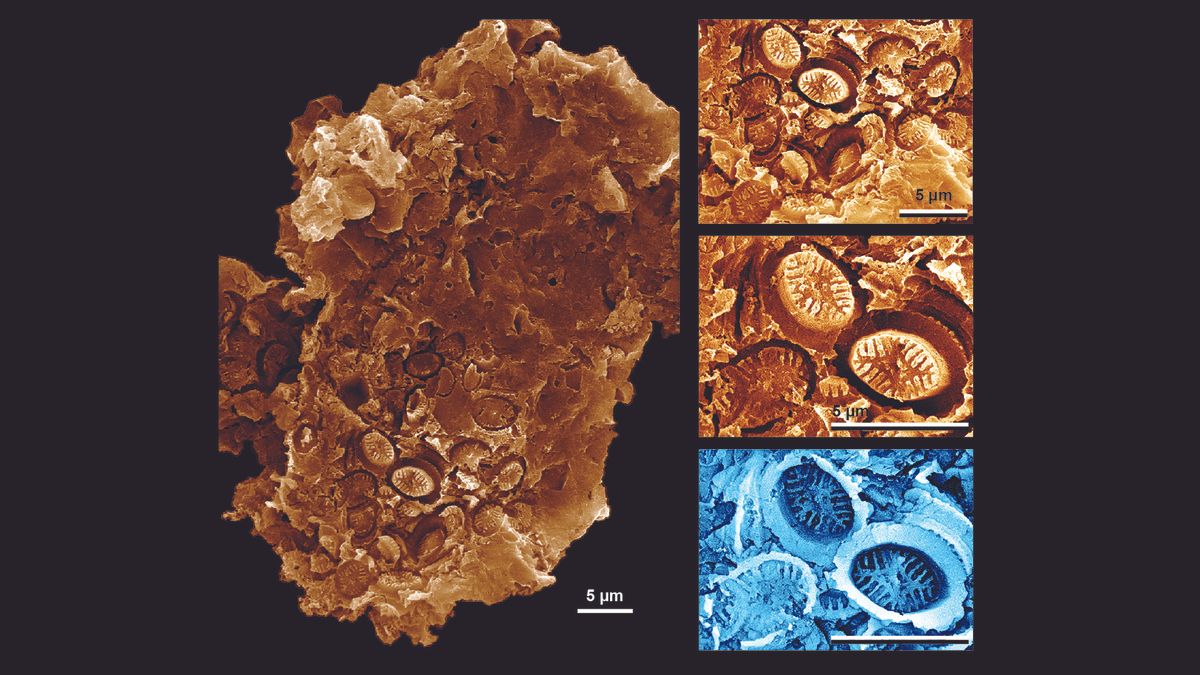
"You get these abrupt changes in the sediment where you go from almost pure white sediments into black sediments," Bown said.
These points coincide with ancient ocean warming events, during which seawater became more acidic as it reacted with increased carbon dioxide from the atmosphere.
As ocean pH dropped during these events, it ate away at the coccolithophores' calcium shells, much like vinegar can dissolve an eggshell, according to research from the National Oceanic and Atmospheric Administration (NOAA).
But then Slater noticed something strange during research for another study seeking traces of ancient pollen, while examining black sediments from a warming event during the Jurassic period (201 million to 145 million years ago).
Intrigued by this discovery, the researchers then examined fossil sediments from other Jurassic sites around the world, as well as samples from two warming events during the Cretaceous period (145 million to 66 million years ago).These results suggest that, contrary to previous research, some coccolithophores survived catastrophic ocean acidification and warming die-offs, even as other species went extinct.However, Bown warns against equating ancient warming events too closely with modern climate change, which is happening at roughly 10 times the rate of previous catastrophes, according to research published in 2019 in the journal Paleoceanography and Paleoclimatology."It's a cautionary tale," Bown said, "And you have to be careful how you go and read the rocks.".Thank you for signing up to Live Science